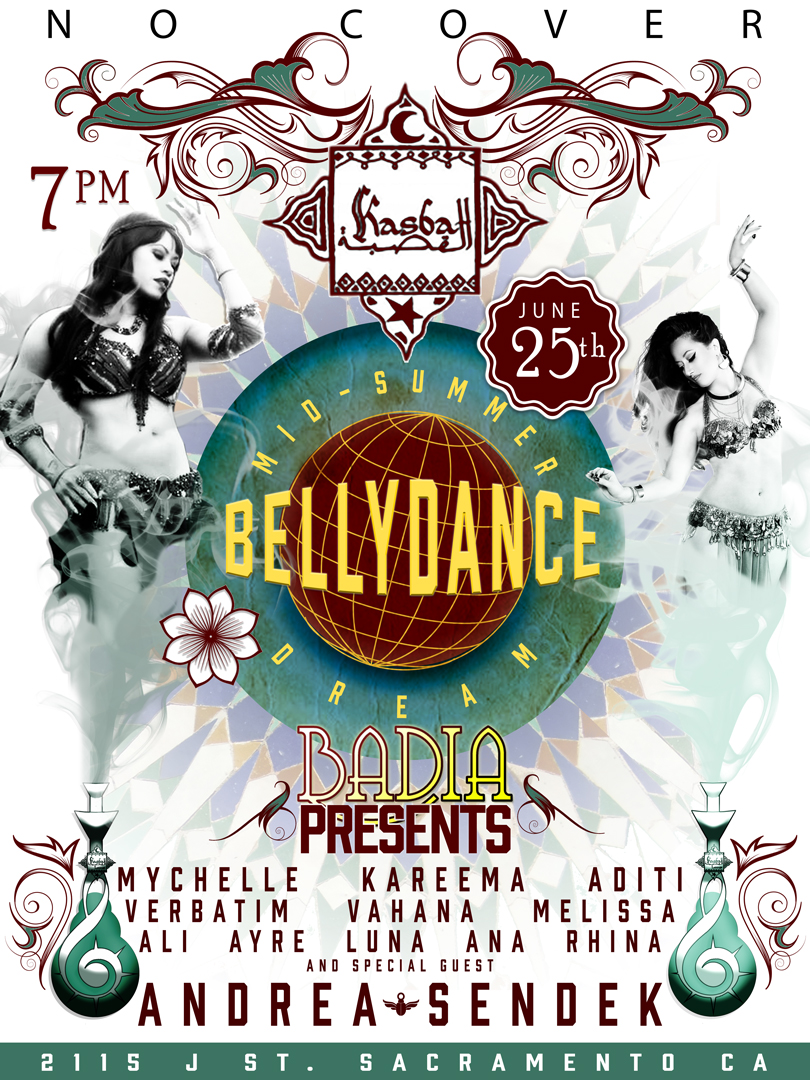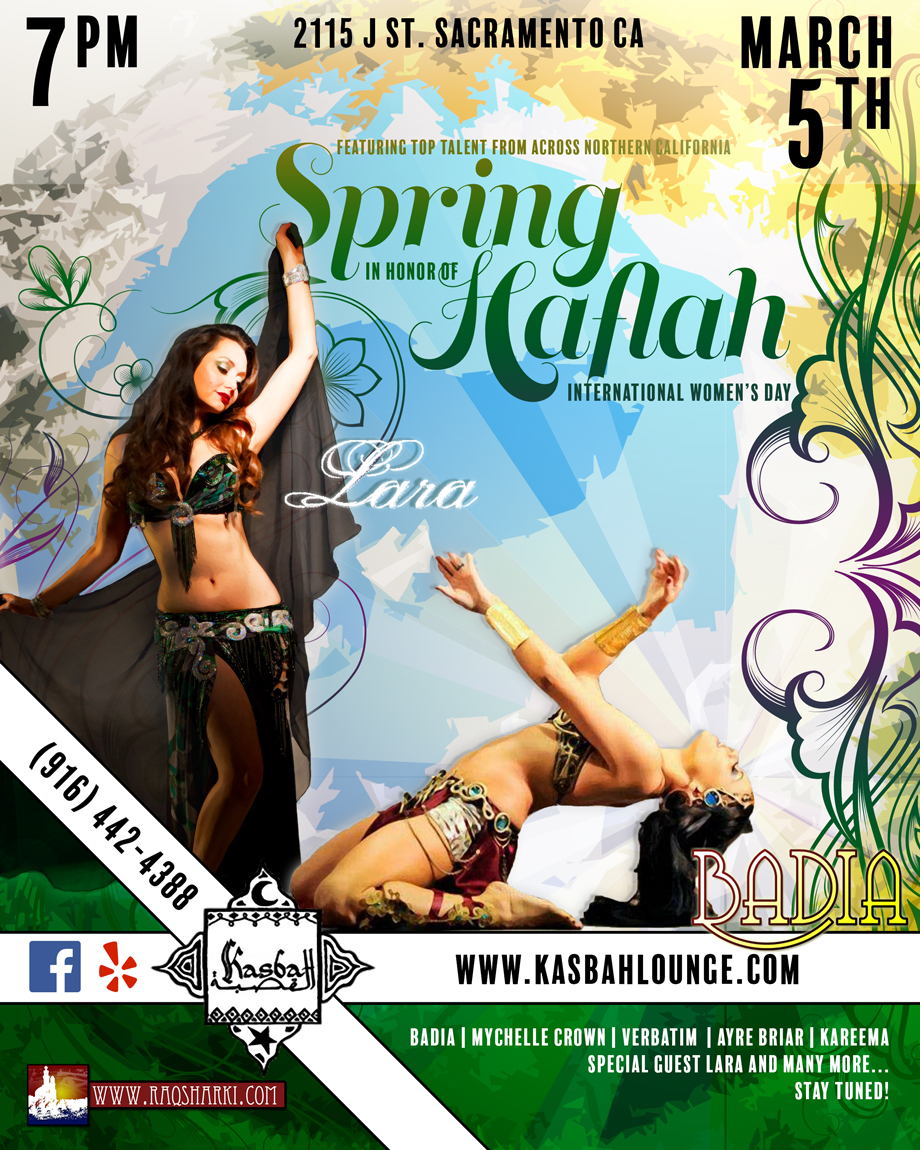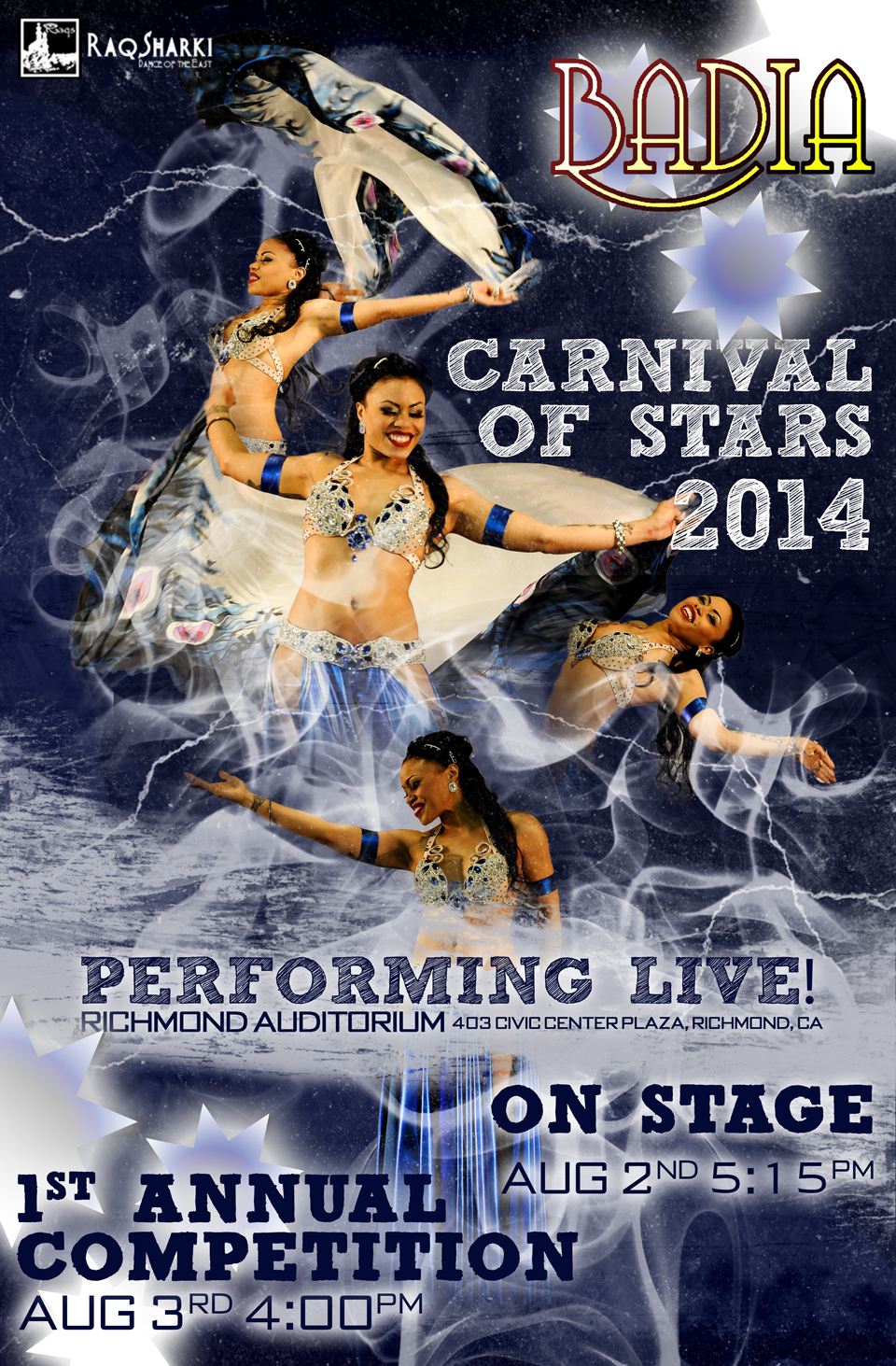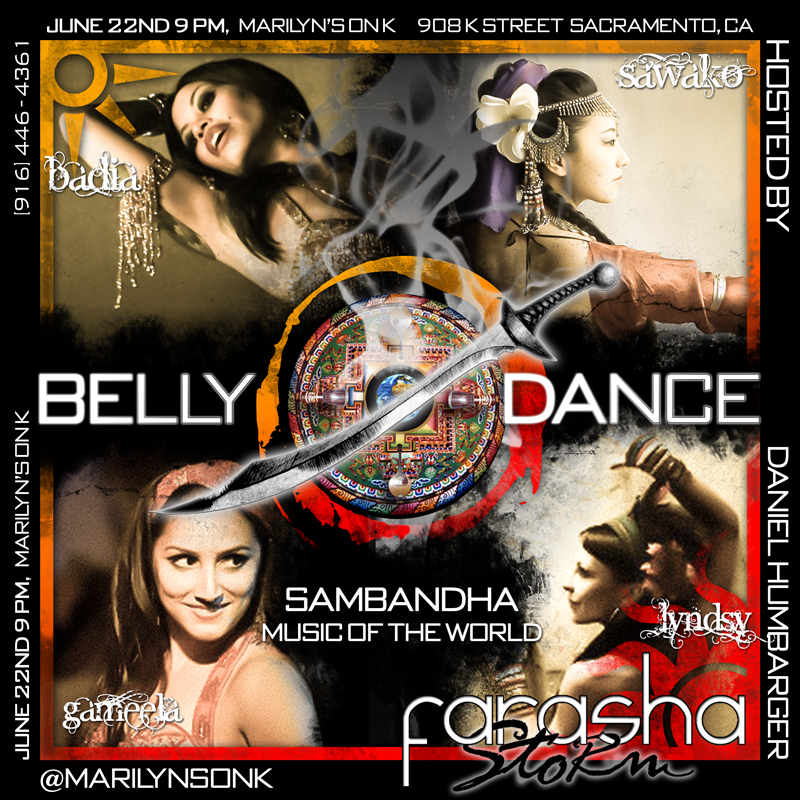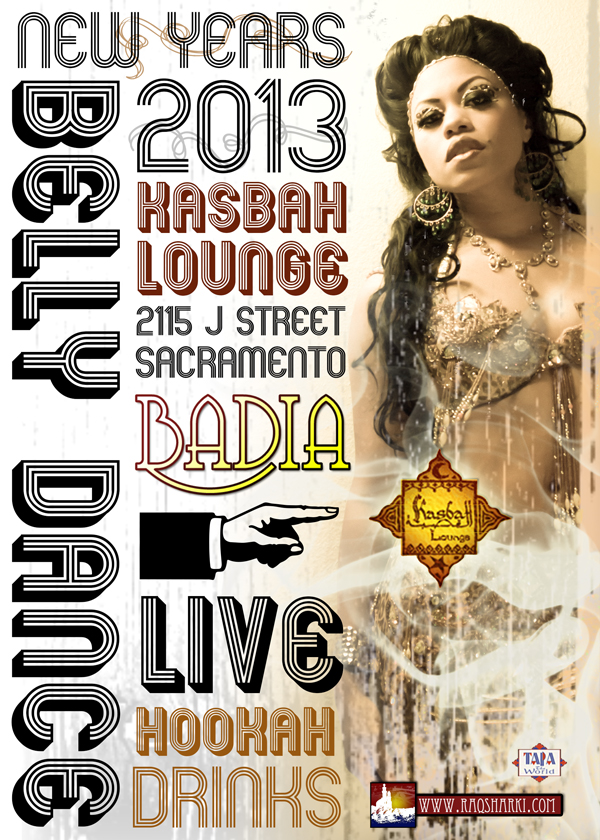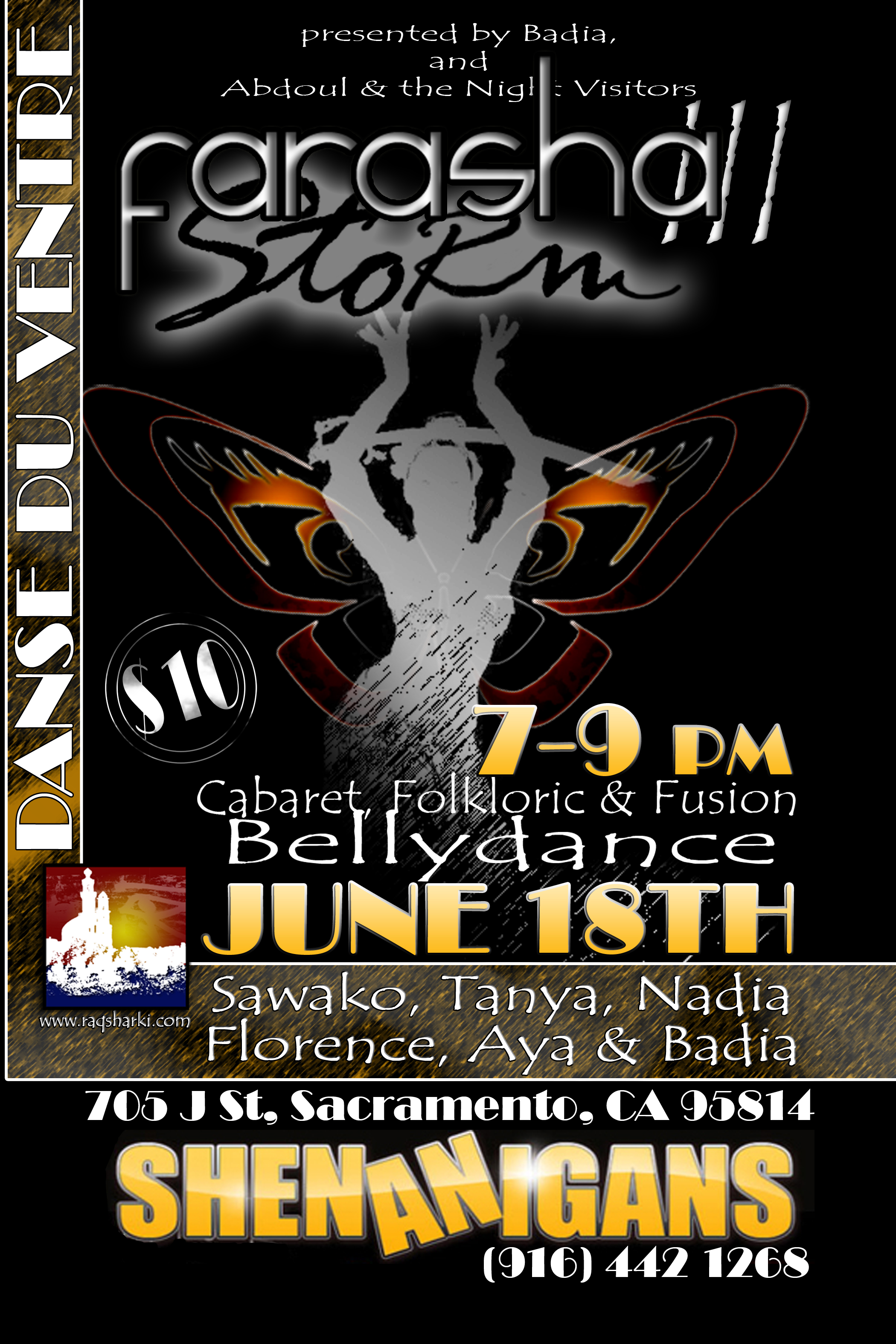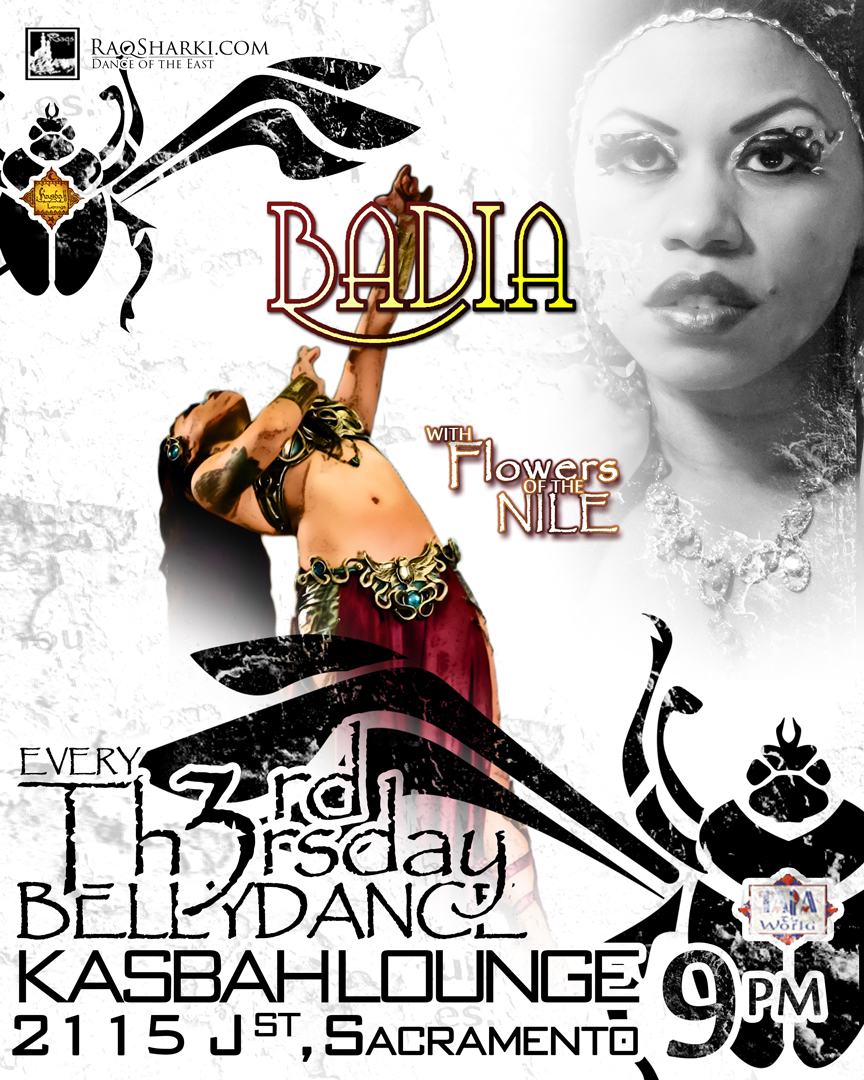Raks Sharki translates as "dance of the East" or "oriental dance"
As civilizations constantly develop and evolve around the globe, people entertain, express emotion and educate. Raks Sharki is a dance of what was originally known as the "Orient", present day Middle East and Northern Africa. It has had many forms and names.
Egypt spawned a beautiful for of dance involving the hips and abdomen, with which women entertained on the streets and in cafes across Northern Africa. Napoleon and his fellow Frenchmen became quite enamored with the local Gawazzee entertainers.
At the same time Egypt's more traditional and courtly dance called "Baladi" was a folk act that bore much less skin than its popular street cousin. Baladi is performed in a kaftan that covers the feminine form. It was used to tell stories and entertain at weddings and festivals.
Nineteenth century French travelers, witnessing the unfamiliar torso movements, dubbed it "danse du ventre" or dance of the belly. This is the most common misconception in Western World; the whole body is used—head, shoulders, arms, chest—with a number of pelvis and hips movements rather than actual “belly” dancing. The term gained prominence in 1893 at the Chicago World’s Fair when “Little Egypt” stole the show while demonstrating the Gawazzee street performances. After the New York Society of the Suppression of Vice tried to ban them, the world fell in love with the shimmy and shake.
In the 1920’s and enterprising Lebanese performer named Badia Masabni merged the skill and refinement of Baladi with the now famous Gawazee style costumes. She also took the dance and added movement to the performance style to allow for use on performance stages. Badia created a multi-cultural variety show and presented it in her Cairo night club. Night spots in Algiers, Beirut and Cairo that used a Hollywood-esque two-piece sequined costume. Many of the dancers who started out with Badia appeared in films, musicals and some, like Tahia Carioca and Samia Gamal, became stars. Yet despite all the glamour and sophistication of contemporary oriental dance, the rhythms and moves of routines still cling to the Baladi traditions.





